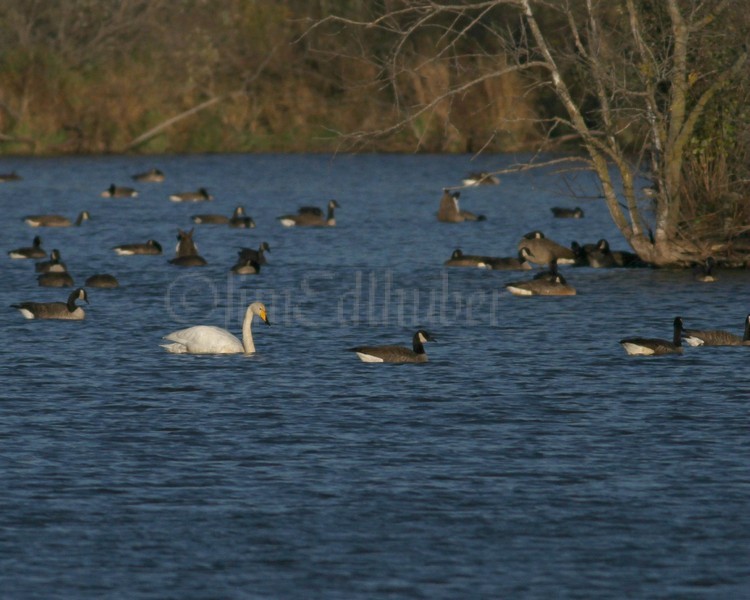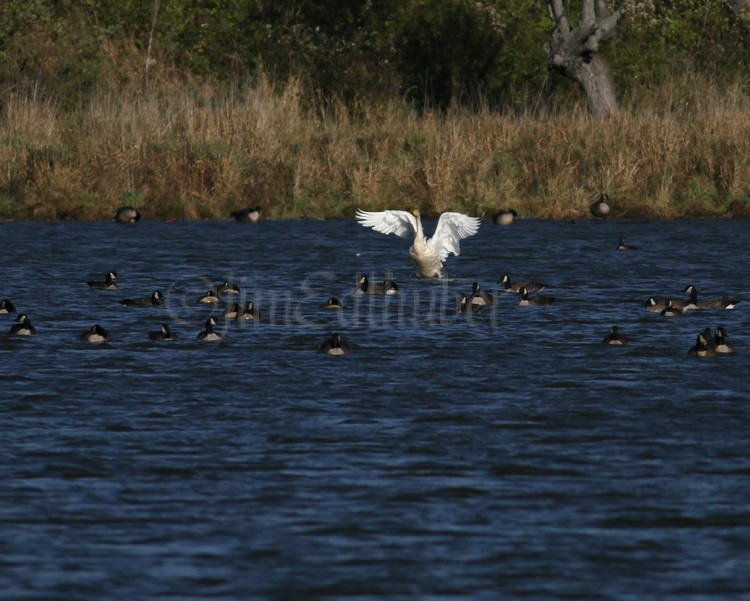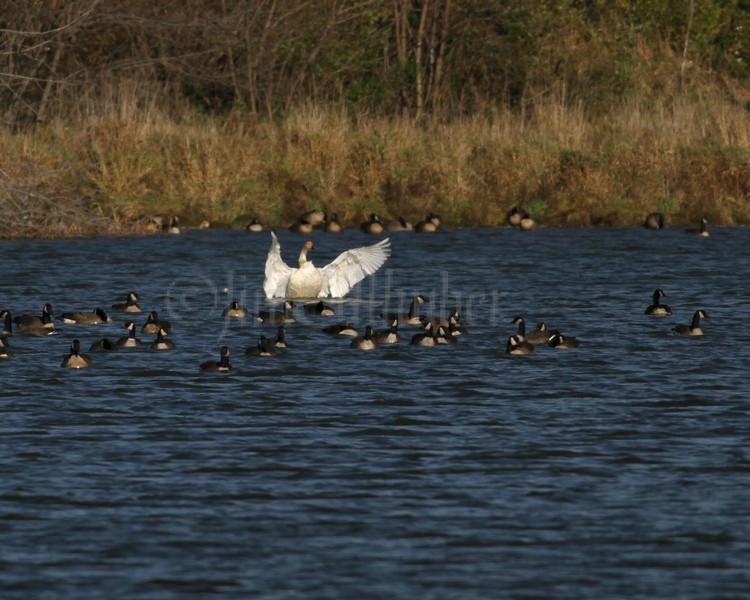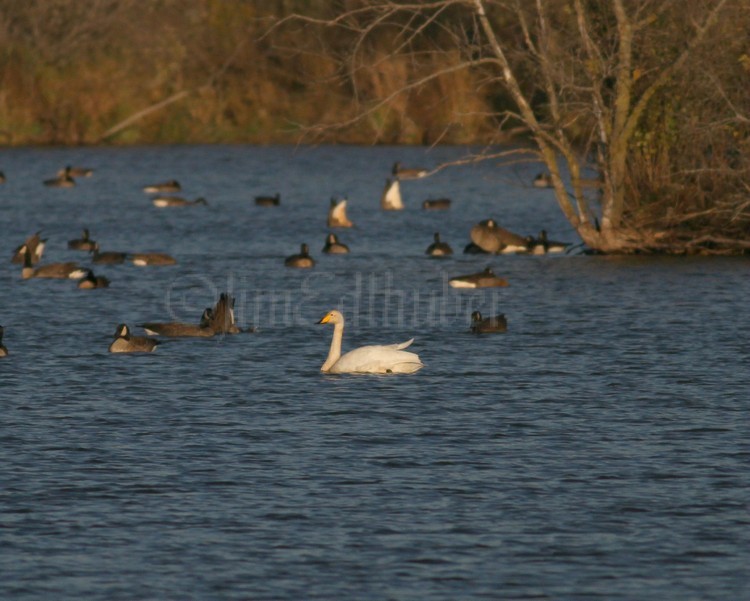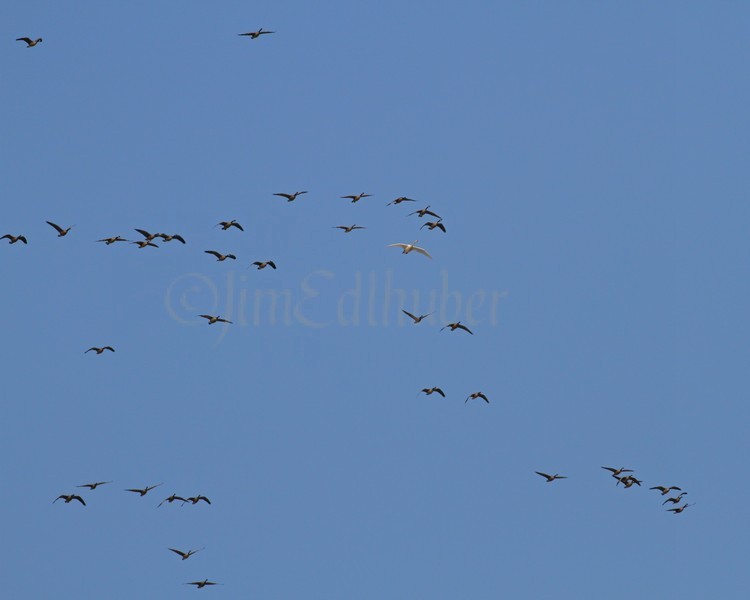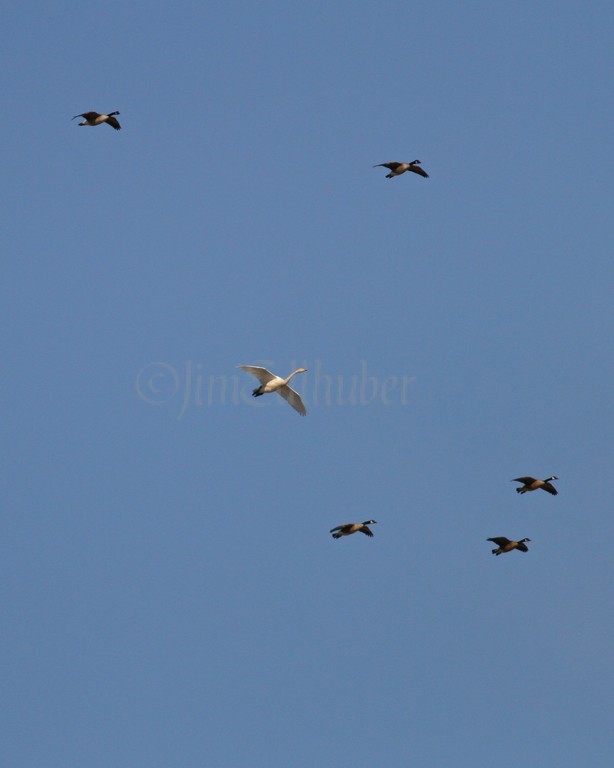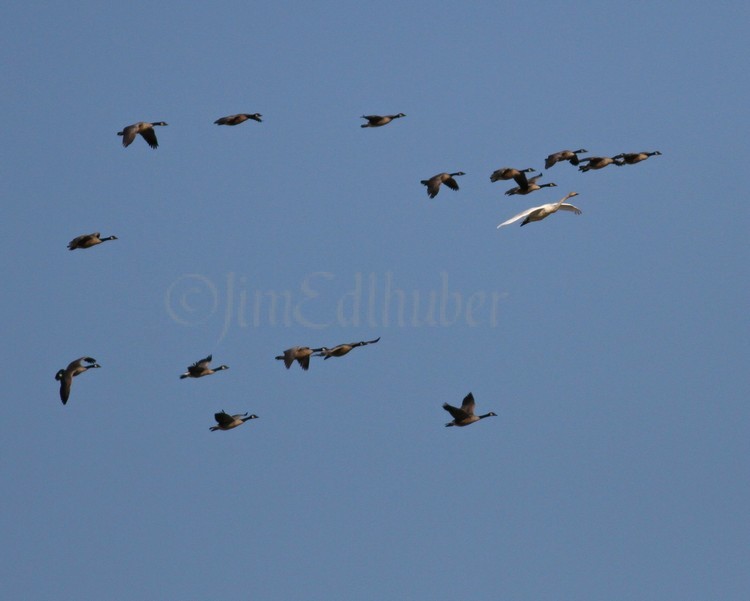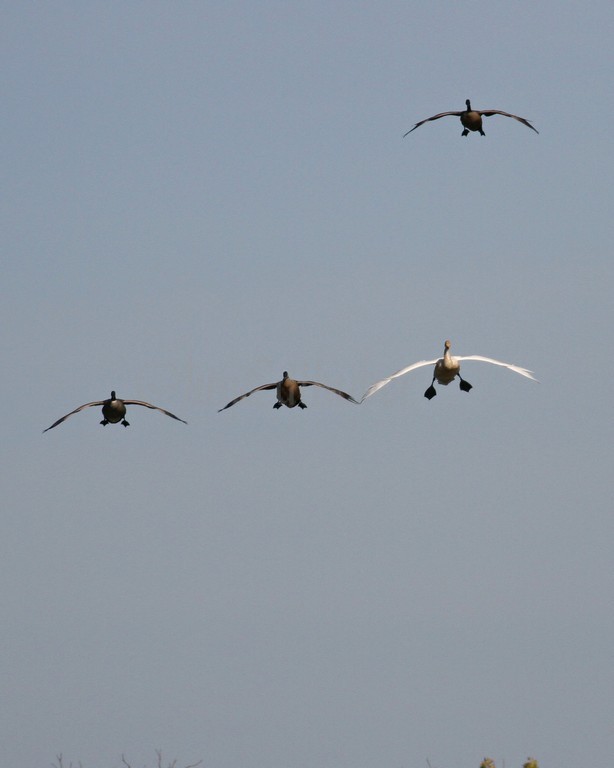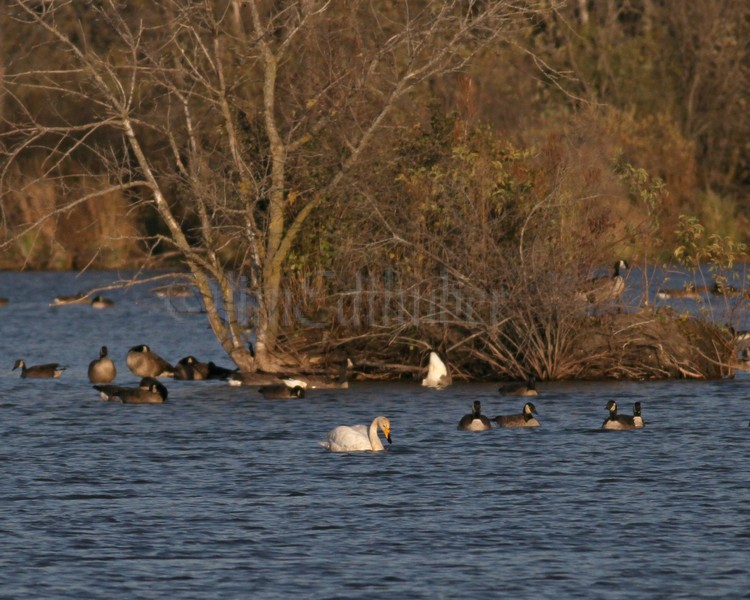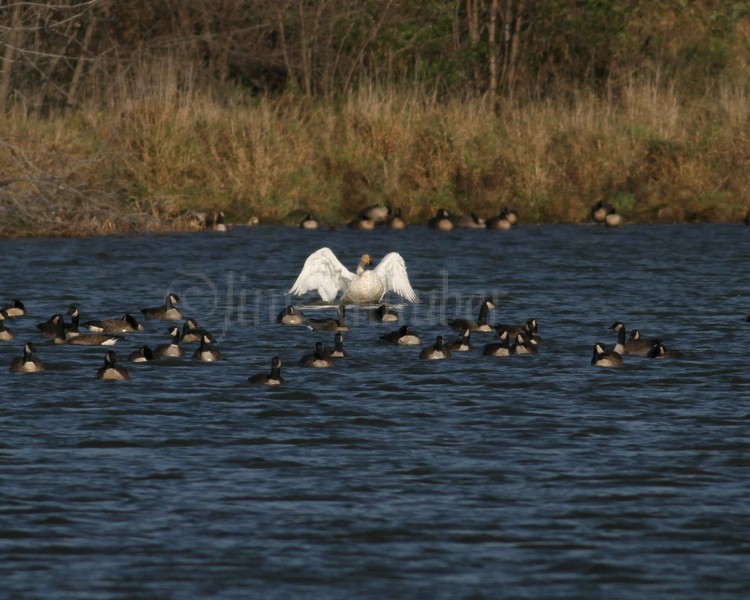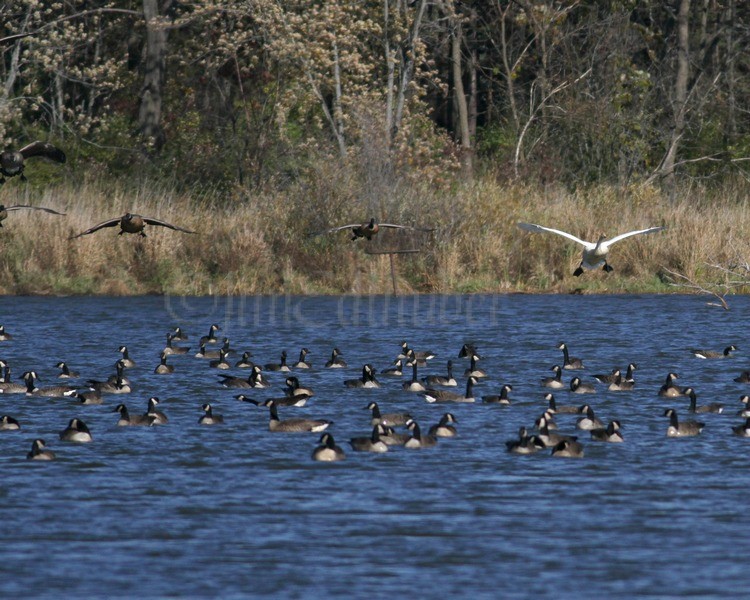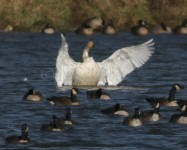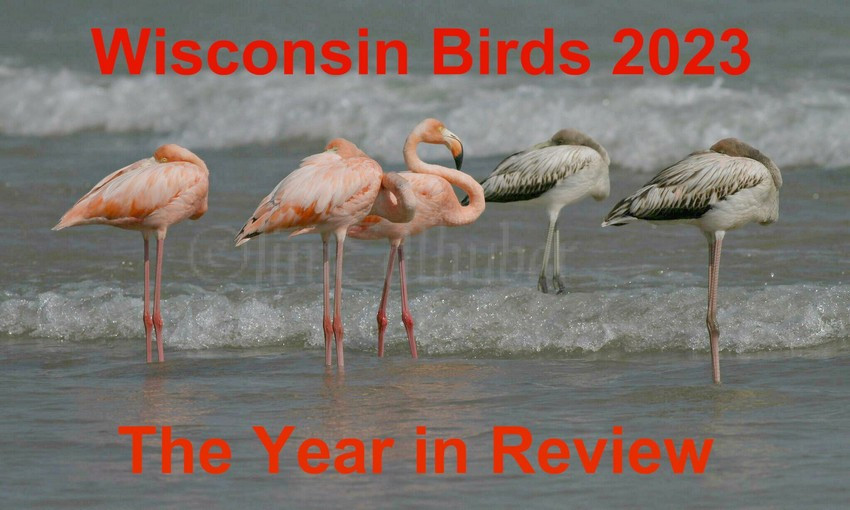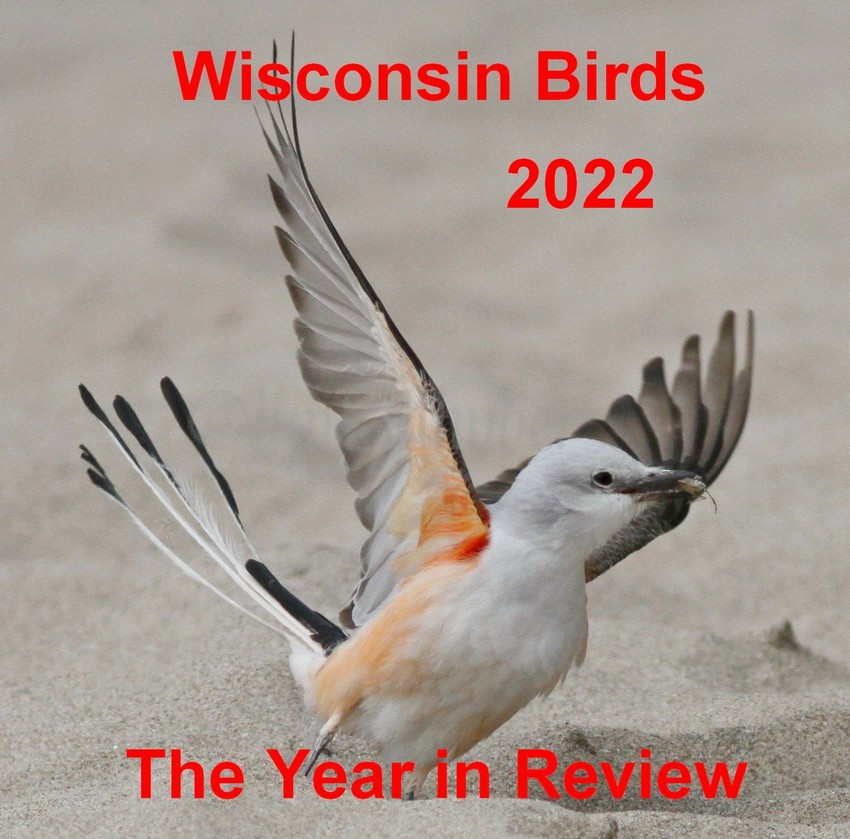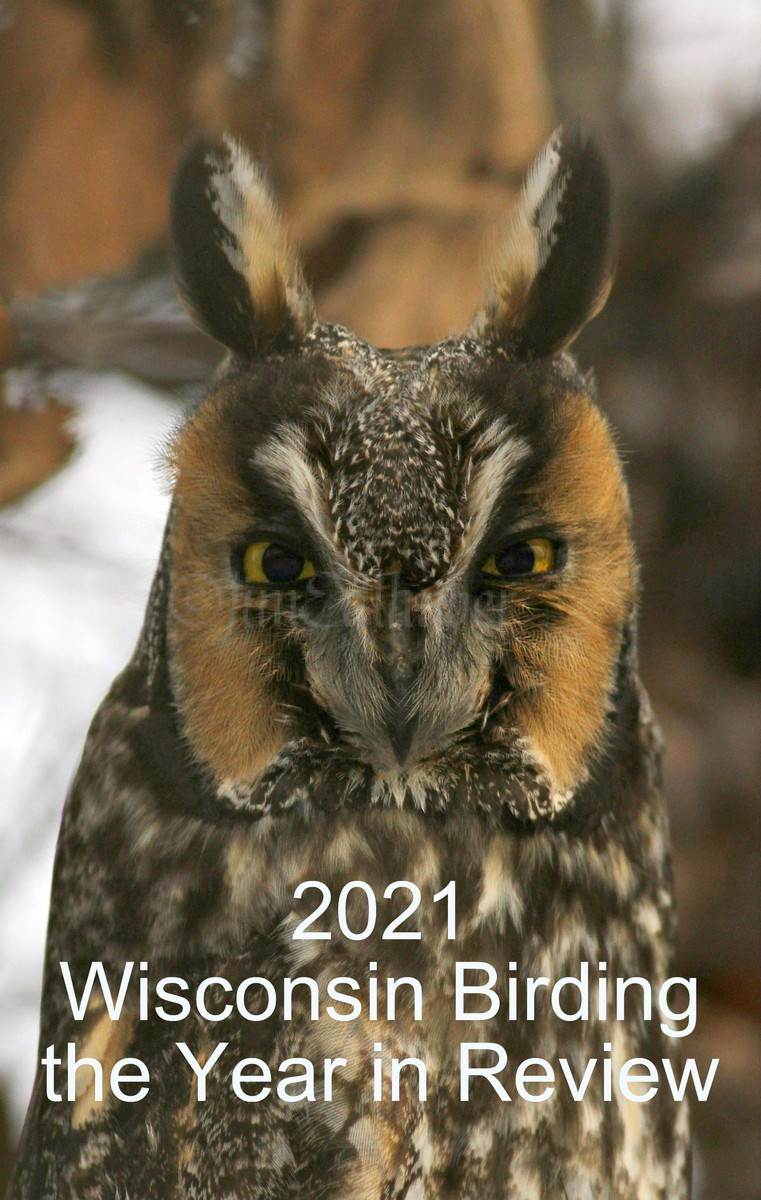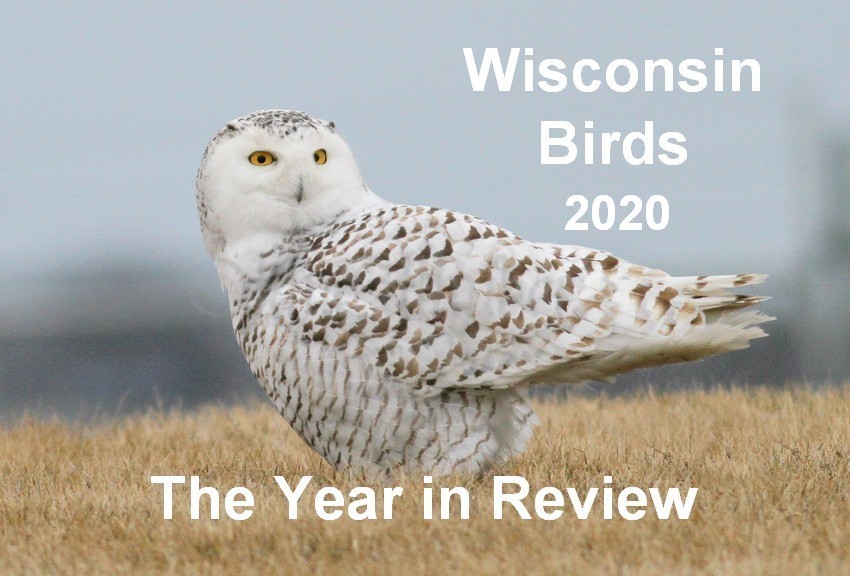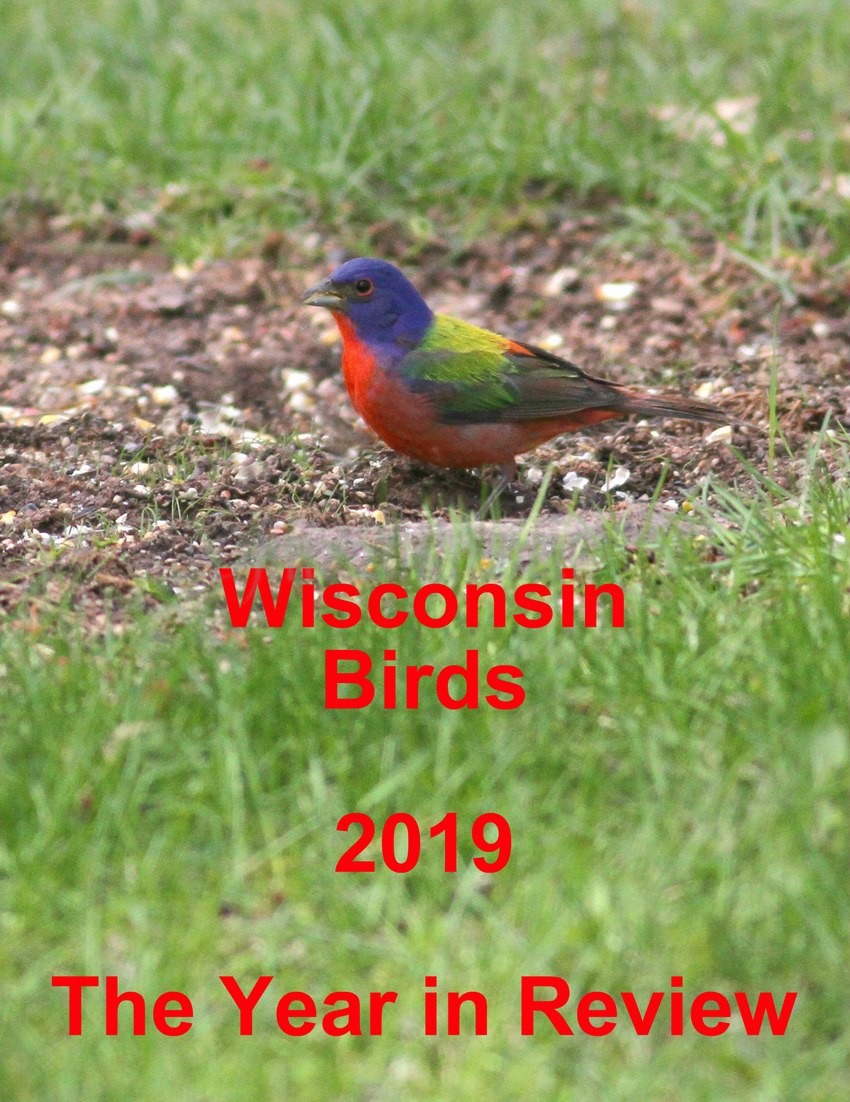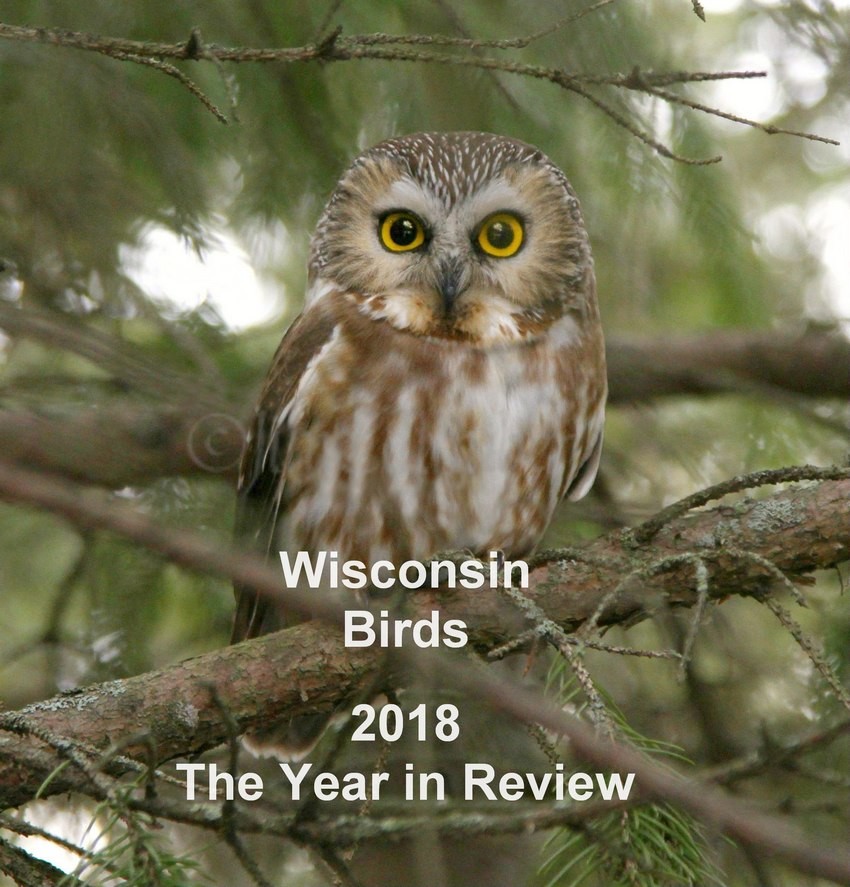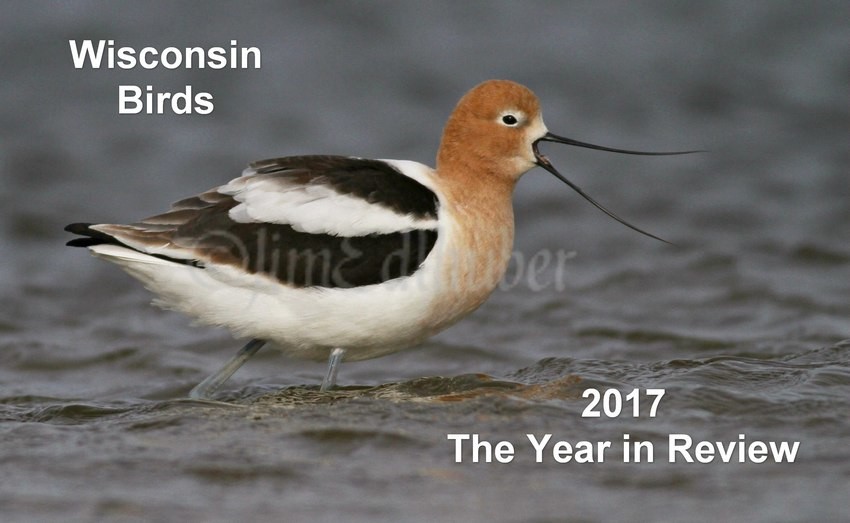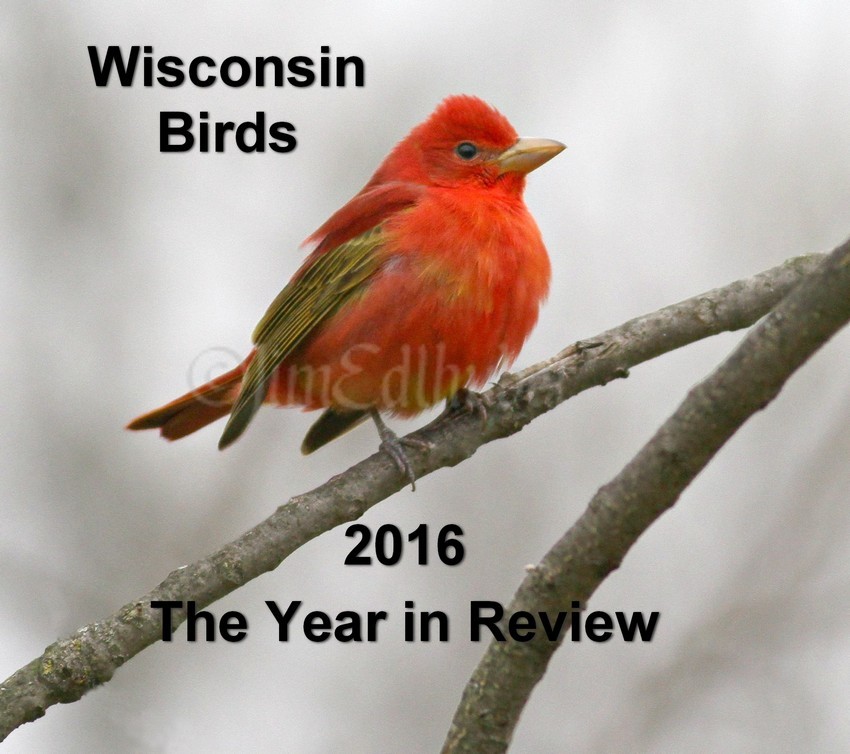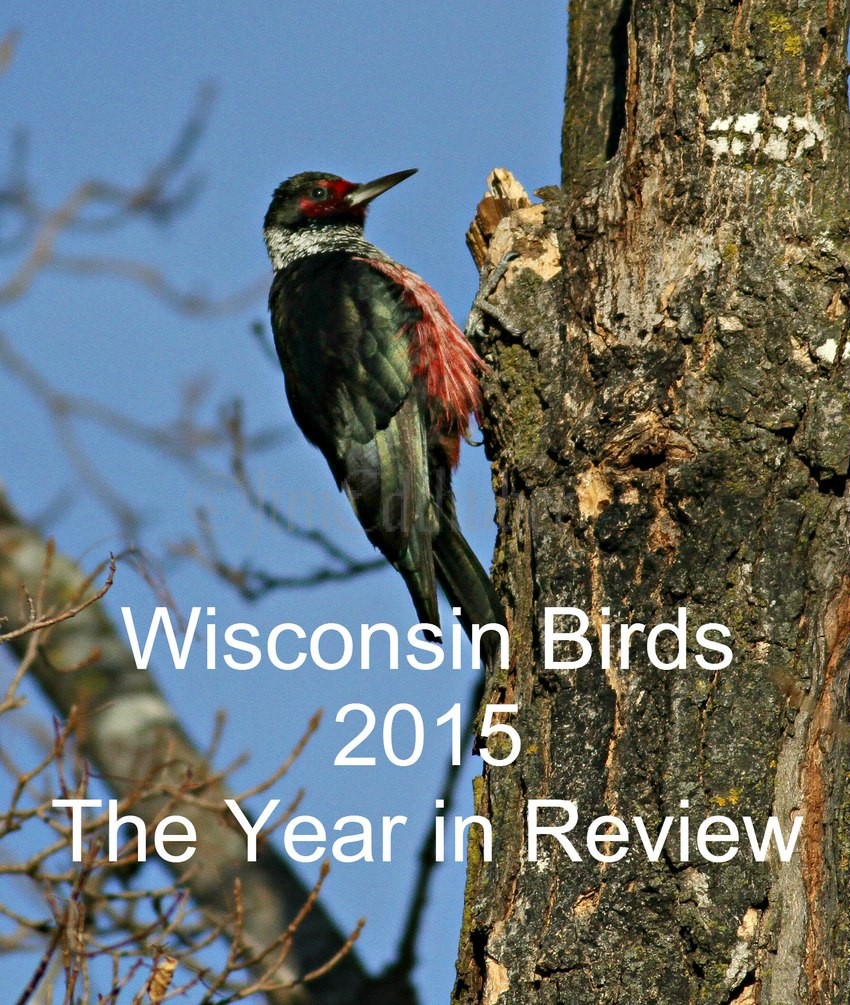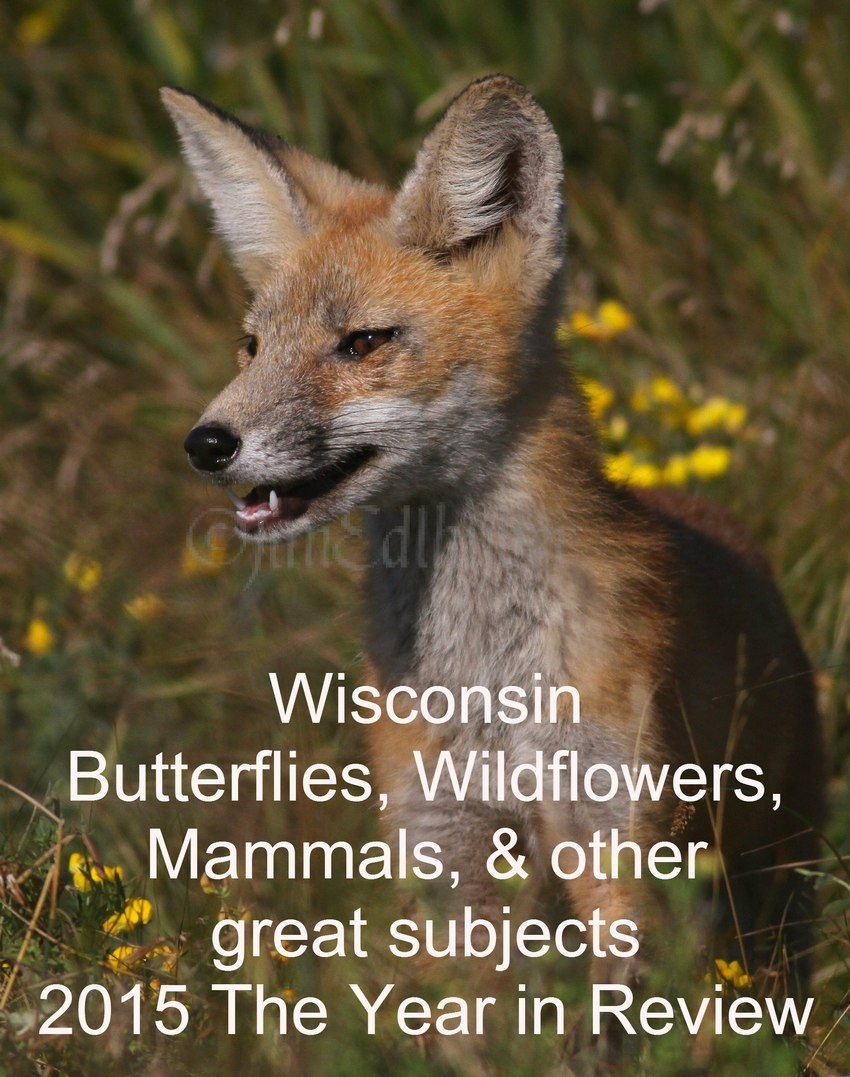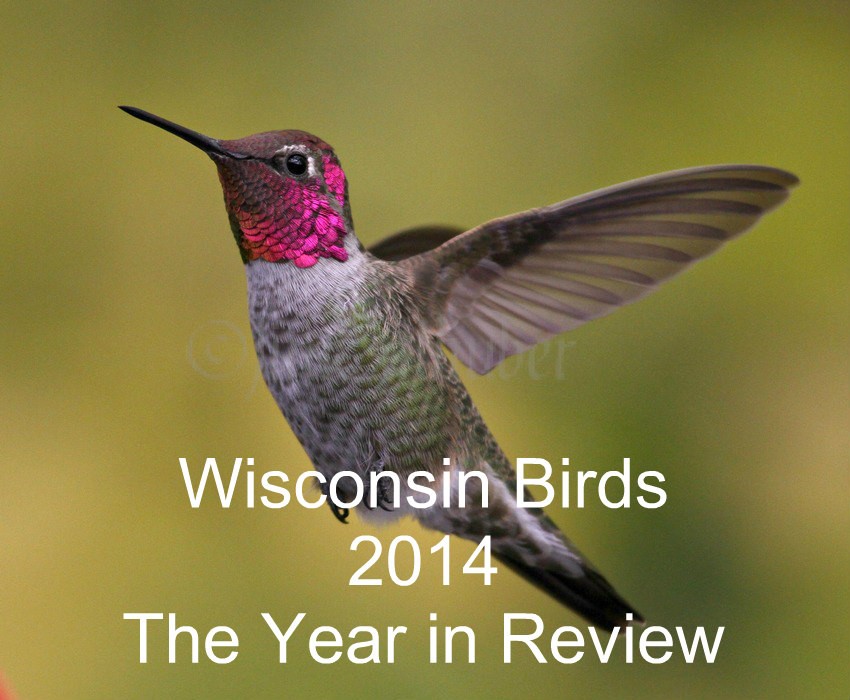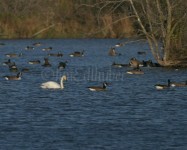
Whooper Swan photographed at the Otsego Marsh in Columbia County, Wisconsin on October 27, 2013. At this time it is unknown if this bird is a wild bird or an escapee bird.
Whooper Swan
Binomial name: Cygnus cygnus
Category: Ducks, Geese, and Swans
Description: White body with a black and yellow bill, more yellow than black. Black legs and feet.
Size: 55” – 65” long, 81” – 108” wingspan
Weight: 16 lbs. – 31 lbs.
Habitat: Freshwater lakes, shorelines, slow rivers, wetlands, marshes, swamps, and bogs
Natural Range: Breeds in Northern Eurasia and winters primarily in the United Kingdom and Southern Asia. It is extremely rare to see one in the United States.
Diet: Aquatic plants, leaves, stems, roots, grasses, and sedges. In winter will also eat grains, acorns, and vegetables such as turnips or potatoes.
Nesting: Both parents build the nest out of grasses, leaves, and other plants pressed into a mud flat or reed beds. The male will stand guard while the female incubates the eggs (4 -7 eggs per clutch). Mating pairs will breed for life, and the same nest may be used repeatedly over several years with repairs being made as necessary. Sometimes offspring from previous years will rejoin their parents.
Notes: Although large in size, this bird has comparatively small legs. Consequently, it spends most of its time swimming and scouring bodies of water for food instead of walking on land. It is also the national bird of Finland. The yellow markings on each swan’s bill are unique and can identify a particular bird in much the same way humans may be identified by fingerprints.
To see the gallery of images, please click here.

